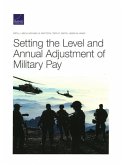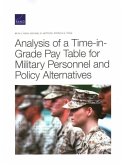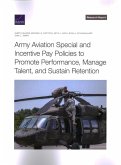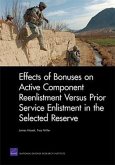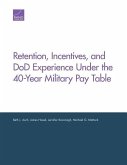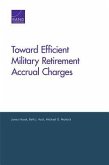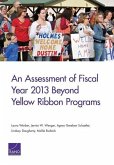In this report, RAND researchers examine the Defense Department's methodology for awarding hostile fire pay and imminent danger pay and explore whether a different approach might be more effective.
Hinweis: Dieser Artikel kann nur an eine deutsche Lieferadresse ausgeliefert werden.
Hinweis: Dieser Artikel kann nur an eine deutsche Lieferadresse ausgeliefert werden.


